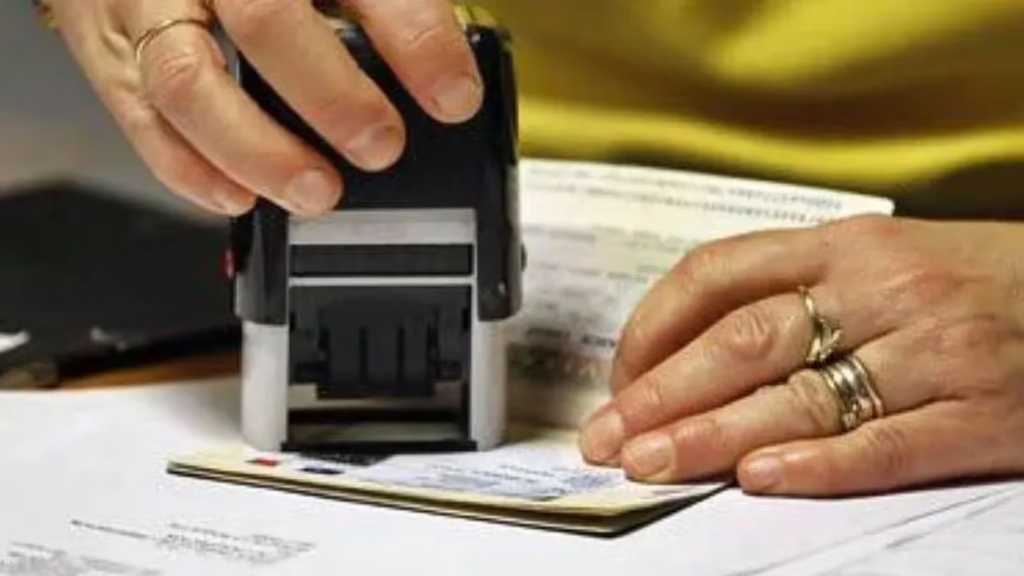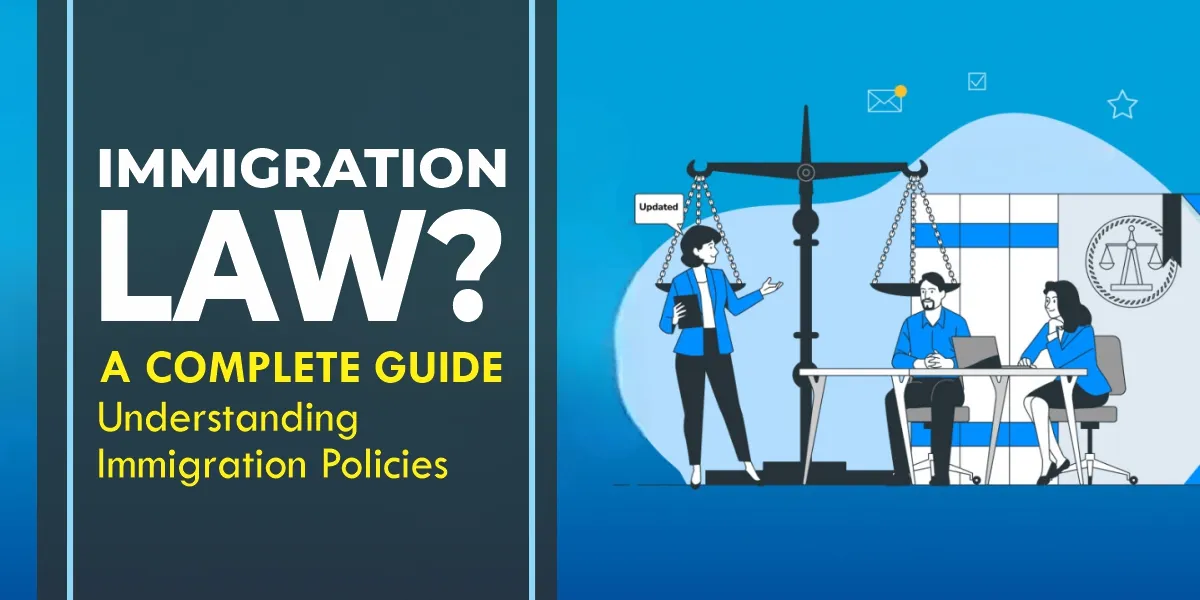Immigration law in India defines the legal framework governing the entry, stay, and exit of foreign nationals in the country. It ensures that immigration occurs in an organized, lawful, and secure manner while balancing national interests with humanitarian and diplomatic considerations. India, as a growing global hub for business, education, and tourism, has seen a significant increase in foreign arrivals, making immigration law an essential part of its administrative and security system.
Key Legislations Governing Immigration
1. The Foreigners Act, 1946
The Foreigners Act, 1946 is the cornerstone of India’s immigration law. It empowers the central government to regulate the entry, movement, and departure of foreigners. Under this Act, the government can restrict or deport any foreign national whose presence is deemed illegal or a threat to national security. The Act also defines a “foreigner” as any person who is not a citizen of India.
2. The Passport (Entry into India) Act, 1920
This Act mandates that every foreigner entering India must possess a valid passport and visa. It authorizes the government to issue, refuse, or cancel entry permits based on security and administrative grounds. The law ensures that only individuals with proper documentation can legally enter Indian territory.
3. The Registration of Foreigners Act, 1939
Under this law, certain categories of foreigners residing in India must register themselves with the Foreigners Regional Registration Office (FRRO). The registration process helps the government maintain updated records of foreign nationals, ensuring compliance with visa conditions and national laws.

Visa Regulations and Administrative Framework
The Bureau of Immigration, operating under the Ministry of Home Affairs, is responsible for implementing immigration policies, issuing visas, and managing entry and exit points. India offers several types of visas—such as tourist, business, student, employment, and medical visas—each governed by specific rules and durations. The introduction of e-Visa services has streamlined the process, allowing citizens from over 160 countries to apply online for short-term visits.
Challenges and Modern Developments
India’s immigration system faces challenges such as illegal immigration, human trafficking, and visa overstays. With advancements in technology, the government is adopting biometric systems and digital records to improve border management. Initiatives like e-FRRO and online visa tracking enhance transparency and efficiency.
Immigration law in India plays a vital role in maintaining the country’s internal security, fostering international relations, and promoting lawful mobility. With evolving global migration trends, India continues to modernize its immigration framework, ensuring it remains both secure and welcoming.
Legal Age of Marriage in India
![]()





